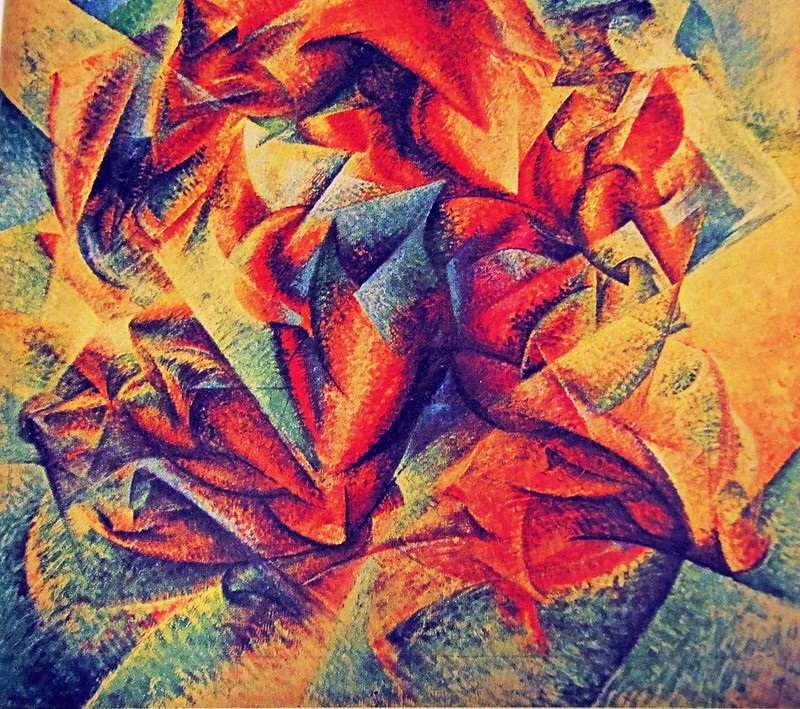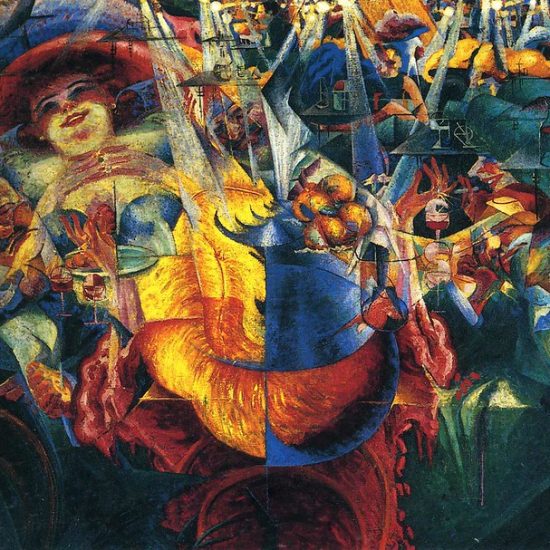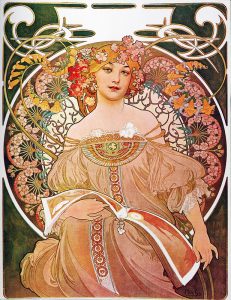Brief Summary of Futurism
Futurism was a groundbreaking art movement that emerged in the early 20th century, known for its fascination with speed, technology, and the dynamism of modern life. Centered primarily in Italy, Futurism sought to break away from the classical traditions that dominated art at the time, advocating for a more radical, forward-looking approach. It was less about beauty or aesthetics in the traditional sense and more about capturing the energy and motion of the rapidly industrializing world.
Origins and Key Ideas
Futurism officially began in 1909 when the Italian poet Filippo Tommaso Marinetti published the Futurist Manifesto in a French newspaper. This manifesto laid out the ideals of the movement, celebrating machinery, movement, and the aggressive rejection of the past. The Futurists admired the power of modern technology—cars, trains, planes—and wanted their art to reflect the restless energy and chaos of modern life.
They also challenged conventional art forms, declaring that traditional art, like that found in museums and libraries, was dead weight. Their mission was to glorify what they saw as the key driving forces of the new era: speed, conflict, and constant change. This celebration of speed and technology is seen throughout Futurist works, which often depict motion using bold colors, exaggerated lines, and fragmented forms.

Source: https://flic.kr/p/2kGwvvw
Artistic Techniques and Influences
Futurism was heavily influenced by other modern art movements, particularly Cubism and Divisionism. Cubism’s approach to breaking objects down into geometric shapes resonated with the Futurists’ desire to show motion. Artists like Gino Severini were especially influenced by Cubism during his time in Paris, bringing some of its techniques back to the Futurist circle. Divisionism, a technique that involved placing contrasting colors next to each other to intensify vibrancy, was another major influence. Artists like Giacomo Balla used this approach in their works, creating a sense of light and movement that aligned with Futurism’s goals.
One of the most famous examples of Futurist art is Umberto Boccioni’s painting The City Rises, which depicts a chaotic, almost abstract construction scene. Another iconic work is Giacomo Balla’s Dynamism of a Dog on a Leash, where the repetitive blurring of a dog’s legs gives the illusion of rapid motion. These works illustrate the Futurist fascination with dynamic, urban environments, often using distorted shapes and vibrant colors to create a sense of speed and energy.
Connection to Politics and War
Futurism wasn’t just an artistic movement; it was deeply intertwined with politics, particularly in its early stages. Marinetti and other Futurists were unapologetically militant in their outlook, often glorifying war as a cleansing force. They saw conflict as a necessary step for society to shed its old ways and move into the future. Marinetti himself famously declared, “We will glorify war—the world’s only hygiene.”
This aggressive, pro-war stance led many Futurists to support Italy’s involvement in World War I. Some artists, including Boccioni, even joined the military, viewing the war as a proving ground for their ideals. Tragically, Boccioni died during a training exercise in 1916, which was a significant blow to the movement. Despite this loss, the momentum of Futurism didn’t stop. Instead, it took a more radical turn in the years that followed.
Post-World War I: The Second Phase and Fascist Connections
After the war, Futurism evolved into what is sometimes referred to as “Second Futurism.” This phase of the movement saw the rise of new forms of expression, particularly aero-painting, which focused on depicting aerial landscapes and the excitement of flight. Many of these works celebrated modern aviation, a theme that fits well with the Futurist obsession with speed and technology.
During this time, however, Futurism became increasingly linked with Italian Fascism. Marinetti’s political ambitions led to forming a Futurist political party, which later merged with Benito Mussolini’s Fascist Party. Although Marinetti didn’t agree with all aspects of Fascism, especially its traditionalism, Futurism’s aggressive, nationalist tendencies fit comfortably within the political climate of the era. The movement’s later years were marked by these complex, often troubling political associations, which have colored its legacy.

Source: https://flic.kr/p/zErA2o
The Decline and Legacy of Futurism
After the Second World War, with a lot of futurists having ties to fascism, the movement became practically extinct. It inspired other avant-garde movements like Vorticism in Britain and Russian Futurism, and its impact can be seen in modern design and architecture, especially in the sleek, streamlined aesthetics of the mid-20th century.
The movement’s emphasis on motion, technology, and breaking with the past laid the groundwork for many modernist approaches that followed. Even though the political aspects of Futurism have complicated its legacy, its contributions to modern art, particularly its bold experimentation with form and motion, remain significant.
In the end, Futurism wasn’t just about making art—it was about reimagining what art could be in a rapidly changing world. By embracing the chaos and excitement of modernity, Futurists helped pave the way for the radical shifts in art that defined much of the 20th-century.




